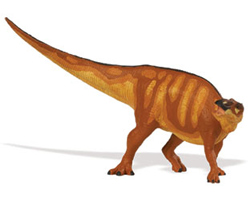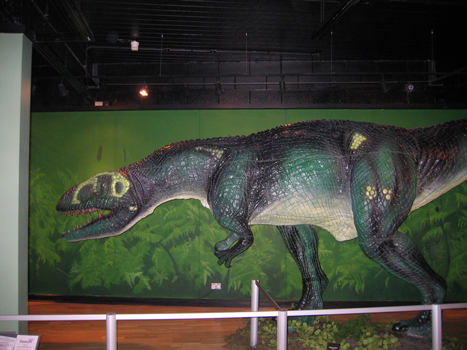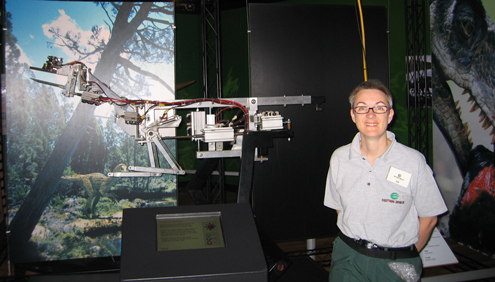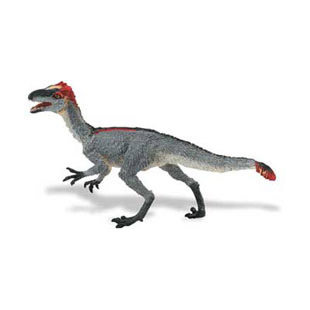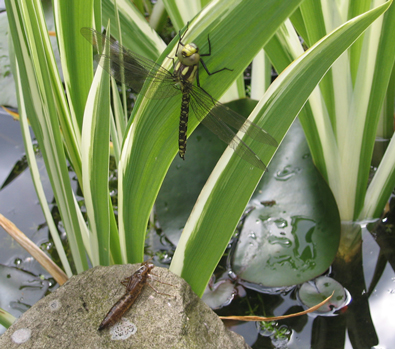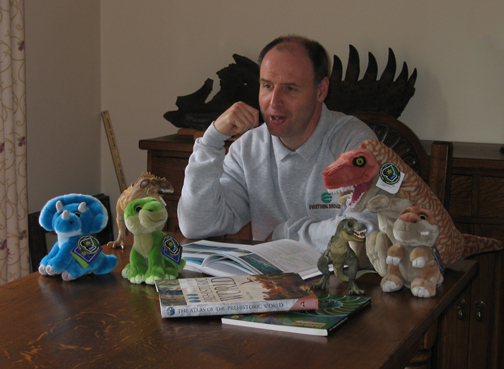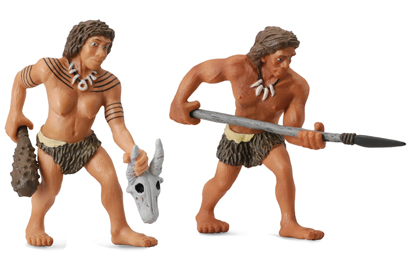Seven Hundred Million-Year-Old Fossils Pose a Puzzle
Microscopic fossils of marine organisms that lived in the Precambrian may represent the first type of life on Earth to develop the ability to secrete their own mineral coating, perhaps as protection against predators or maybe as a floatation device to help these bizarre micro-organisms remain stable in the water column.
Precambrian Fossils
The Proterozoic Eon is the name given to the period of Earth’s history that lasted from approximately 2.5 billion years ago until the start of the Palaeozoic Eon some 550 million years ago and the Cambrian geological period. The world was very different from today, the atmosphere was probably toxic although during this immense expanse of time photosynthetic microbes began to transform the planet releasing oxygen into the atmosphere.
The continents that we know today, were not present Earth was a very alien world indeed. However, although for much of the Proterozoic life was entirely microscopic and single-celled, by the end of this eon large, soft-bodied organisms the ancestors of plants, fungi and animals were beginning to colonise the sea bed.
It was during the Proterozoic that perhaps the most fundamental evolutionary development for life on Earth occurred – the evolution of complex cells (eukaryotes). The first living organisms on the planet had very simple cell structures. These organisms, most of which consisted of just one cell, had a structure that lacked a nucleus.
Over the course of this eon, cell structures gradually become more complicated with the evolution of nuclei and a cell membrane. Now a team of U.S. based scientists have published a paper showing evidence of phosphate biomineralisation in micro-organisms dating from more than 700 million years ago – this evidence of a biochemical relationship within organisms helps support earlier published data and helps to shed light on the diversity and early evolution of eukaryotes.
Extracting Minerals from the Environment
The ability to extract minerals from the environment and use it to build a protective shell or external skeleton can be seen in a number of Phyla today. For example, Cnidaria (corals) create exoskeletons formed from a form of calcium (argonite), more primitive corals used calcite. Phosphates can also be used to create an exoskeleton and it is evidence of phosphate biomineralisation discovered in micro-organism fossils from rocks found in Canada that has got the researchers all excited.
Mineralised exoskeletons appear in the fossil record in abundance at the start of the Cambrian geological period, scientists believe the evolution of a mineralised exoskeleton was a key driving force in the Cambrian faunal explosion that led to a huge diversification of animal life. Indeed, the origins of all the Phyla alive today can be traced to this period in Earth’s history.
The micro-fossils were actually discovered four years ago by a research team working on the Fifteenmile Group of strata in Yukon Province (Canada). However, the paper detailing the research has only just been published in the scientific journal “Geology”.
Paper Published in the Academic Paper “Geology”
Images produced by scanning electron microscopes show in high resolution to plate-like structures and tiny spikes, the microfossil (Characodictyon) is approximately 20 microns long, about the fifth of a width of a human hair.
Phoebe Cohen, a postdoctoral researcher in MIT’s department of earth, atmospheric and planetary sciences, and Francis Macdonald, an assistant professor of geology at Harvard University, removed a number of candidate rocks from the remote site on the Alaskan/Canadian border and when back in the laboratory, microscopic analysis began to reveal the well-preserved fossils with their tiny shield-like plates, some even had minute spikes and points sticking out them.
Strange Organisms
These strange organisms have been identified as being members of the Characodictyon genus, lived sometime between 717 million and 812 million years ago, a time period in which single-cell organisms thrived just before the first “Snowball Earth” event, when the planet plunged into a deep freeze and became covered in vast ice sheets.
Cohen suspects the deep freeze killed off these spiny micro-organisms as no trace of such creatures have been found in younger strata. Using scanning electron microscopy, Cohen and Macdonald, along with collaborators at UCLA, created three-dimensional images of the fossils. The images revealed the animal was covered in plates, each about 20 microns wide (one-fifth the width of a human hair) and arranged in a honeycomb pattern, with teeth-like spines jutting out and rimming the perimeter.
The plates had patterns similar to those on modern-day Coccolithophores — spherical, single-celled algae found in enormous blooms throughout the ocean. These algae produce their mineralised plates within vacuoles (sacs that play a role in digestion and release of waste) and ultimately extrude the plates to the surface to form protective coverings.
X-Ray Analysis
Analysis of the plate composition by X-Rays indicates that the lattice work of the plate-like structure was composed of a number of elements, shown in the images released as organic carbon (red), calcium (purple) and phosphorus (green).
The researchers think the newly discovered organisms may have formed their spiny coats similarly as these ancient creatures also lived in a water column environment.
Exactly why such a complex biomineralisation process evolved in such a simple organism remains a mystery.
Commenting on the discovery Cohen said:
“It takes a lot of effort, energy and just sheer biomass to create these.”
The researchers speculate, that the spines and plates helped the small organisms stay afloat, sort of biomineralised, phosphate based life jackets – helping to keep these sun loving creatures stable in the water column. Today, Coccolithophores reside in the ocean’s photic zone, which extends from the surface to just above the depth at which light can no longer reach. Maintaining the most light efficient place in this zone allows such plankton to grow and thrive — an advantage their ancient counterparts also may have developed, the researchers say.
Neoproterozoic Fossils
Intriguingly, pointing at some pre-Snowball Earth arms race, the plates may also have served as armour, discouraging other organisms from attacking them. If this is the case then this is further evidence for more complex food chains in the Precambrian than previously thought.
Associate professor of geological sciences at the University of California, Susannah Porter stated:
“It’s a good possibility that these fossil plates functioned in defence against predators. This would be significant if true, for it would be some of the earliest evidence for complex food webs that consist not only of primary producers … but also organisms that actively prey on other living organisms.”
The American based research team hopes that their discovery will encourage other scientists to study strata dating from a roughly similar time in the Proterozoic to search for other evidence of complex life. This discovery provides a unique window into the diversity of early eukaryotes – the ancestors of complex celled organisms on our planet, including humans.
Visit Everything Dinosaur’s website: Everything Dinosaur.


